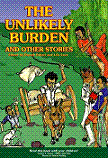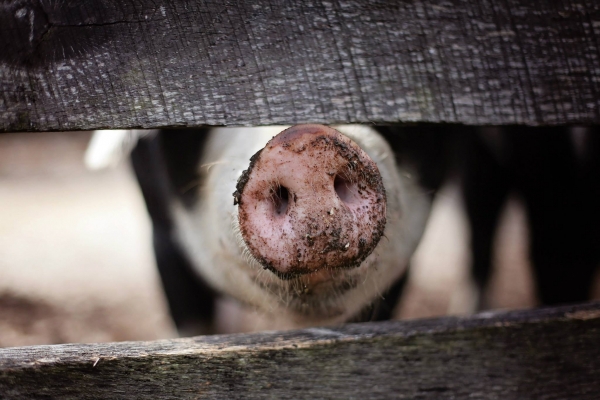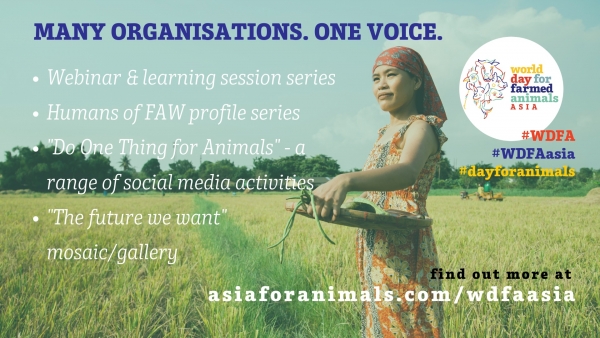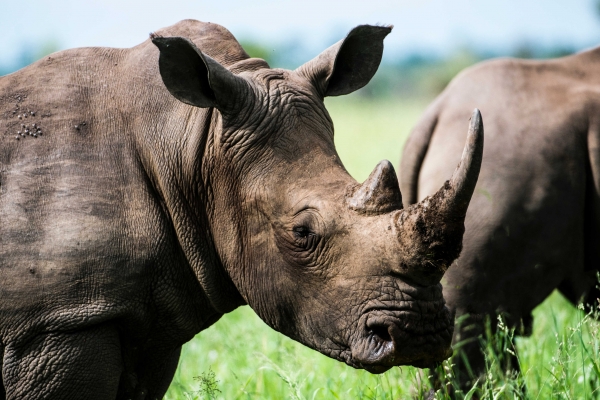
There has always been anecdotal evidence supporting the connection between animal cruelty and violent behavior against people. The 'Son of Sam' murderer in New York City, for example, reportedly (Washington Star, 1977) hated dogs and killed a number of neighborhood animals. Another newspaper article (Washington Post, 1979) reported a mass killer as having immersed cats in containers of battery acid as a child. Albert De Salvo, the notorious Boston Strangler, trapped dogs and cats, placed them in orange crates, and shot arrows through the boxes (Fucini, 1978).
In addition to this anecdotal evidence, there have now been a number of psychological studies carried out which show links between childhood cruelty to animals and later criminality. In some cases, such acts were a precursor to child abuse. Some of these reports were commissioned by humane societies in an attempt to persuade Government authorities of the seriousness of animal cruelty cases, including the Kellert/Felthouse study.
The Kellert/Felthouse study, confirmed a strong correlation between childhood cruelty to animals and future antisocial and aggressive behavior. It stressed the need for researchers, clinicians and societal leaders to be alert to the importance of childhood animal cruelty, and suggested that the evolution of a more gentle and benign relationship in human society might be enhanced by our promotion of a more positive and nurturing ethic between children and animals.
Such path-finding studies are of key importance for society and educators alike. Amongst their findings are:
- In one community in England, 83% of families with a history of animal abuse had been identified as having children at risk from abuse or neglect;
- Of 57 families treated by New Jersey's Division of Youth and Family Services for incidents of child abuse, pets had been abused in 88% of cases, usually by the parent;
- A behavioral triad of cruelty to animals, bed wetting and fire setting in childhood is strongly indicative of likely violent behavior in adulthood; and
- There is a significantly higher incidence of behavior involving cruelty to animals, usually prior to age 25, in people who go on to commit mass or serial murders.
A useful book which brings together research in this area and charts some actions already being taken to address this problem is: 'Child Abuse, Domestic Violence, and Animal Abuse: Linking the Circles of Compassion for Prevention and Intervention' by Frank Ascione and Phil Arkow.
When someone is ill-treated or relegated to a demeaning position in society, they often respond by venting their frustration on someone whose societal position is even lower than their own. By destroying or tormenting the weak, such as an animal or a child, the oppressor becomes the master who has, in turn, tortured them. The anger is directed at an innocent instead of the perpetrator of their own victimization, and it is difficult to break the cycle of abuse.
Humane education is needed to develop an enlightened society that has empathy and respect for life, thus breaking the cycle of abuse. The aim is to create a culture of caring. It is also a sound investment - working on the prevention of criminality and antisocial behavior, which can have a massive societal cost, both in terms of reduction in 'quality of life' and in financial costs incurred through criminal damage, maintenance of law enforcement systems, court costs, prison systems and juvenile work.
The following claims were made for humane education by the US National Parent-Teacher Association Congress in 1933:
"Children trained to extend justice, kindness, and mercy to animals become more just, kind and considerate in their relations to one another. Character training along these lines in youths will result in men and women of broader sympathies; more humane, more law-abiding - in every respect more valuable - citizens. Humane education is the teaching in schools and colleges of the nations the principles of justice, goodwill, and humanity towards all life. The cultivation of the spirit of kindness to animals is but the starting point toward that larger humanity that includes one's fellow of every race and clime. A generation of people trained in these principles will solve their international difficulties as neighbors and not as enemies."
The practice and reinforcement of kindness, of care and compassion towards animals, through formal and non-formal educational processes is, thus, viewed as having a range of positive spin-offs in terms of pro-social attitudes towards people of a different gender, ethnic group, race, culture or nation.

From the animal protection perspective, humane education is the long-term preventative strategy that will bring about a lasting, large-scale improvement in the quality of animals' lives. It can be an effective - and relatively low cost - strategy for dealing with animal abuse.
Aim
The aim of Humane Education is to create a culture of empathy and caring by stimulating the moral development of individuals to form a compassionate, responsible and just society. It is a means of introducing children to the reactions and emotions of animals, as well as linking this to an understanding of environmental issues and ecosystems.
Definition
Humane Education can be defined as "a process that encourages an understanding of the need for compassion and respect for people, animals and the environment and recognizes the interdependence of all living things."
Resources:





 In 2013, I joined World Animal Net (WAN) alongside Akisha
In 2013, I joined World Animal Net (WAN) alongside Akisha World Animal Net has brought together animal protection and environmental
World Animal Net has brought together animal protection and environmental World Day for Farmed Animals Asia is on October 2nd
World Day for Farmed Animals Asia is on October 2nd The Convention on Biological Diversity (CBD) is an international agreement
The Convention on Biological Diversity (CBD) is an international agreement